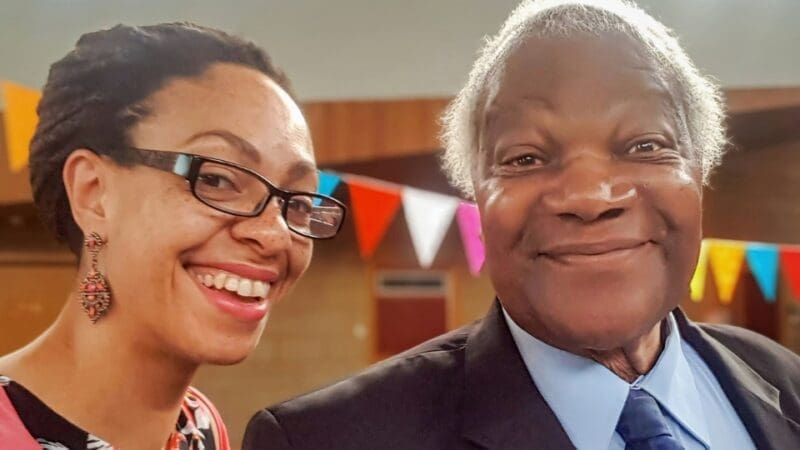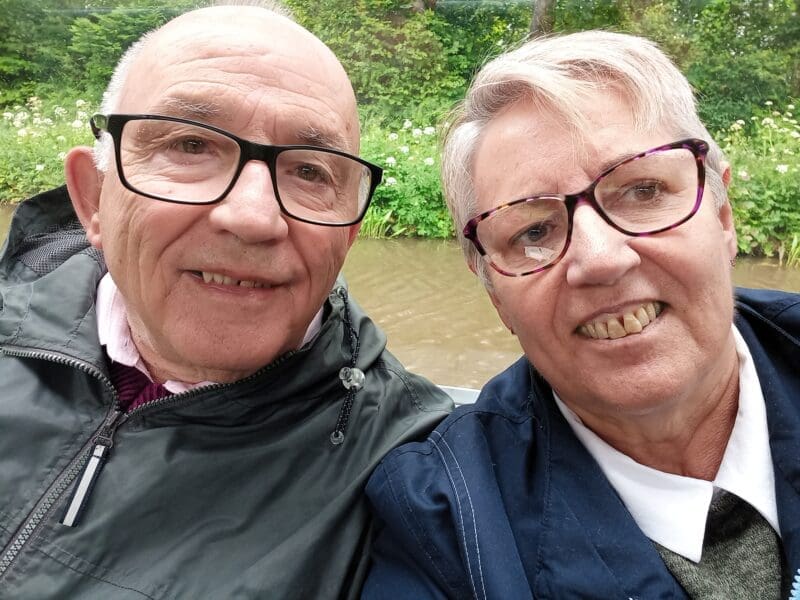Music can be used in a group or individually – both at home and in care settings. You could try:
- listening and singing along to favourite pieces of music
- listening to music played through headphones
- taking part in a music or singing group or choir
- playing instruments
- listening to a live performance
- compiling a personal playlist that they can listen to on a smart speaker, mobile phone or tablet
- watching a favourite musical
- listening to a radio station that plays music from the past
It’s important to choose music that the person knows and enjoys, as they will be more likely to react positively to it.
You can do this by asking them or other family members and friends what they like, or by trying out music that was popular in the person’s youth or within their cultural background.
Start with quiet, gentle music and see how the person reacts.
You can use music to engage and connect with the person, for example by:
- holding their hand
- tapping to the rhythm
- singing or humming along
- moving or dancing with them
You can also use pictures or photos alongside the music to reminisce and share memories.
If the person seems uncomfortable or distressed, try something different – it may just be that they don’t like that particular music or song, but bear in mind that music can also trigger negative emotions or bad memories.
If this happens, the best response may just be to turn off the music and sit with them to offer comfort and reassurance.



